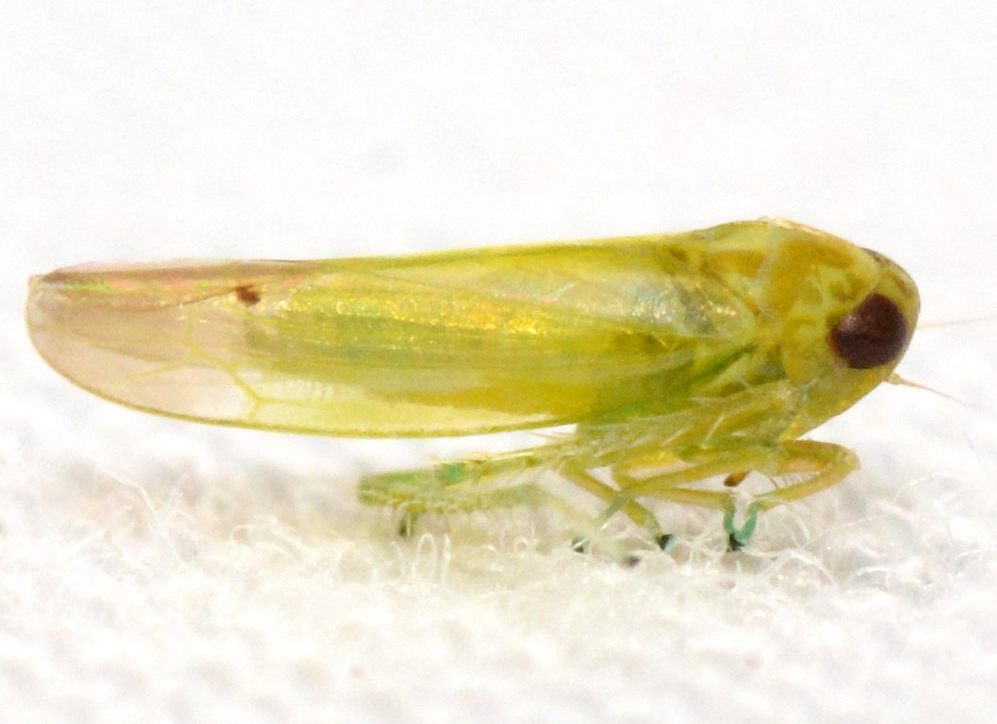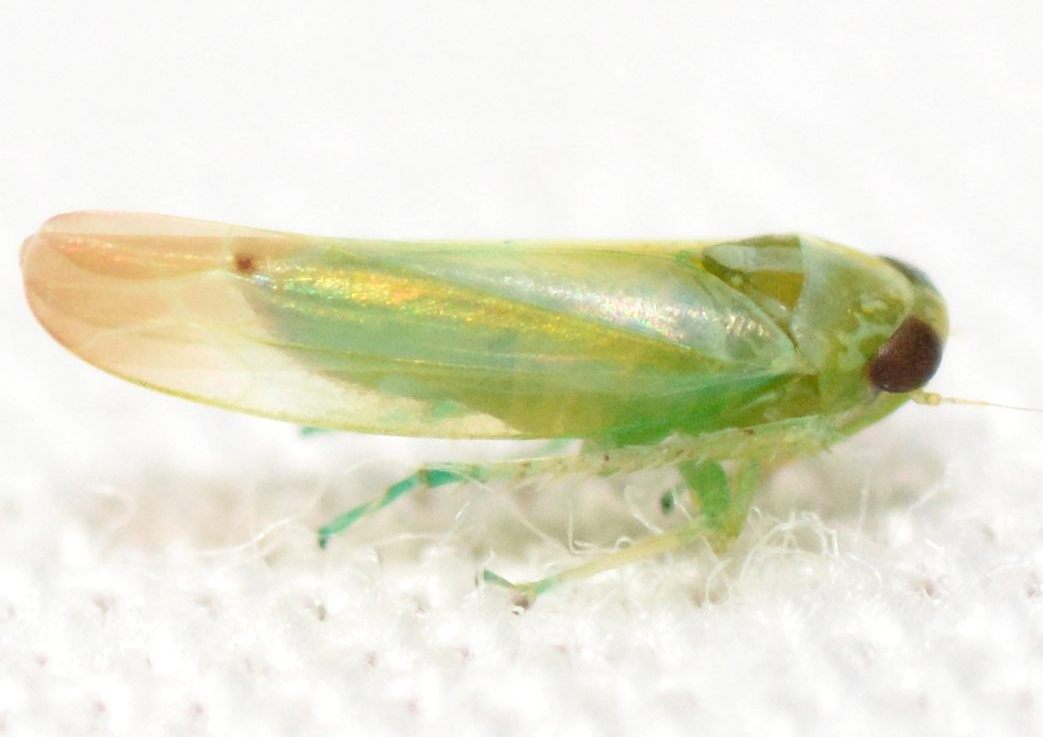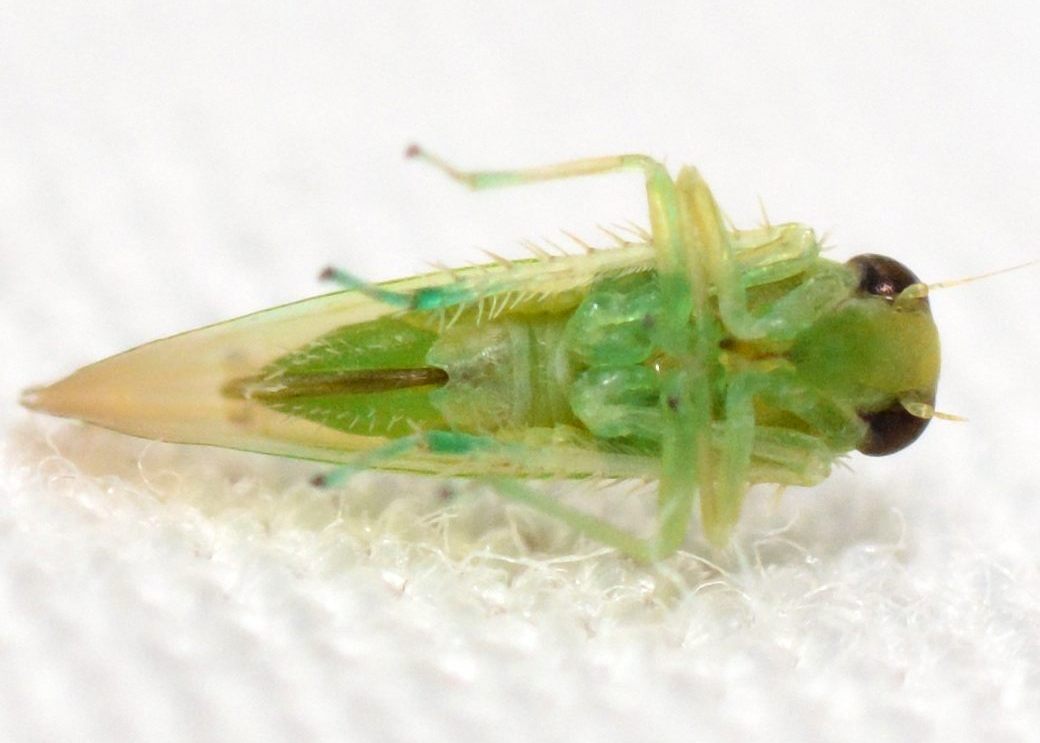Species Photo Gallery for Kyboasca pergandei No Common Name 23 |
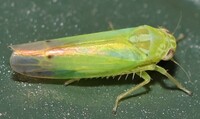 | Photo by: Rob Van Epps
Watauga Co.
Comment: Attracted to porch light. Wooded neighborhood at high elevation. | 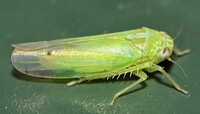 | Photo by: Rob Van Epps
Watauga Co.
Comment: Attracted to porch light. Wooded neighborhood at high elevation. |
 | Photo by: Ted Wilcox
Watauga Co.
Comment: unid_leafhopper |  | Photo by: Ted Wilcox
Watauga Co.
Comment: unid_leafhopper |
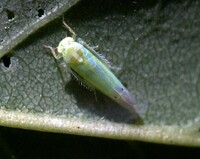 | Photo by: Ted Wilcox
Watauga Co.
Comment: unid_leafhopper | 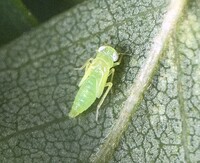 | Photo by: Ted Wilcox
Watauga Co.
Comment: I believe this to be the nymph of Kyboasca pergandei because I saw it at the same time on the same branch of Black Locust as the three adults I saw on 7/6/23. - unid_leafhopper |
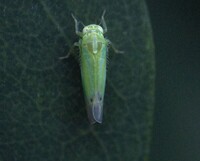 | Photo by: Ted Wilcox
Watauga Co.
Comment: unid_leafhopper | 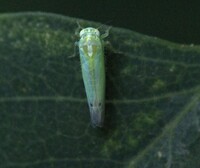 | Photo by: Ted Wilcox
Watauga Co.
Comment: unid_leafhopper |
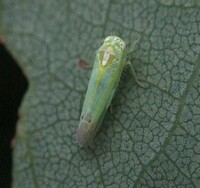 | Photo by: Ted Wilcox
Watauga Co.
Comment: unid_leafhopper |  | Photo by: Ted Wilcox
Watauga Co.
Comment: unid_leafhopper |
 | Photo by: Ted Wilcox
Watauga Co.
Comment: unid_leafhopper | 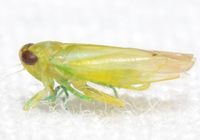 | Photo by: Kyle Kittelberger, Brian Bockhahn
Transylvania Co.
Comment: male |
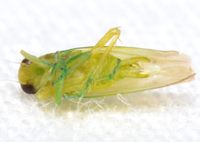 | Photo by: Kyle Kittelberger, Brian Bockhahn
Transylvania Co.
Comment: male | 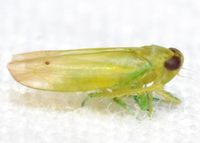 | Photo by: Kyle Kittelberger, Brian Bockhahn
Transylvania Co.
Comment: male |
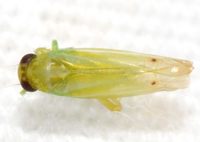 | Photo by: Kyle Kittelberger, Brian Bockhahn
Transylvania Co.
Comment: male | 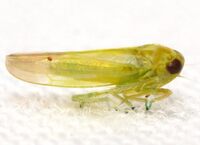 | Photo by: Kyle Kittelberger, Brian Bockhahn
Polk Co.
Comment: 1 male (3.5 mm), 1 female (3.5 mm) collected |
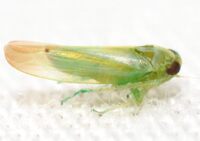 | Photo by: Kyle Kittelberger, Brian Bockhahn
Polk Co.
Comment: 1 male (3.5 mm), 1 female (3.5 mm) collected | 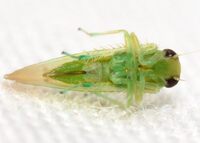 | Photo by: Kyle Kittelberger, Brian Bockhahn
Polk Co.
Comment: 1 male (3.5 mm), 1 female (3.5 mm) collected |
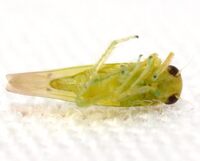 | Photo by: Kyle Kittelberger, Brian Bockhahn
Polk Co.
Comment: 1 male (3.5 mm), 1 female ( mm) collected |  | Photo by: Kyle Kittelberger, Brian Bockhahn
Polk Co.
Comment: 1 male (3.5 mm), 1 female (3.5 mm) collected |
 | Photo by: Kyle Kittelberger, Brian Bockhahn
Polk Co.
Comment: 1 male (3.5 mm), 1 female (3.5 mm) collected | 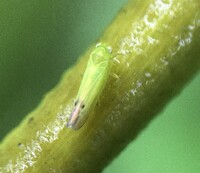 | Photo by: Ted Wilcox
Watauga Co.
Comment: unid_leafhopper |
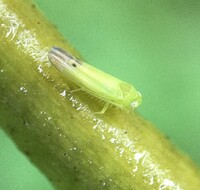 | Photo by: Ted Wilcox
Watauga Co.
Comment: unid_leafhopper |

 »
»